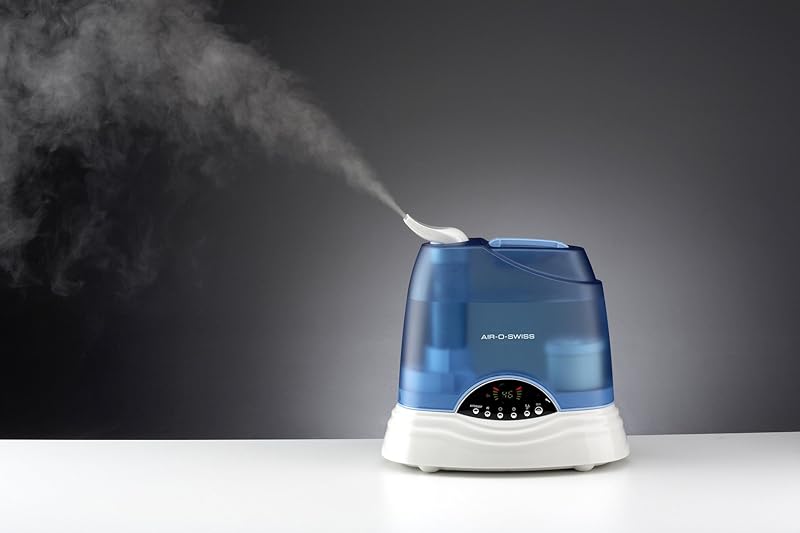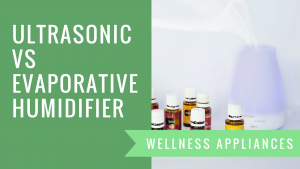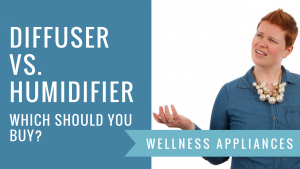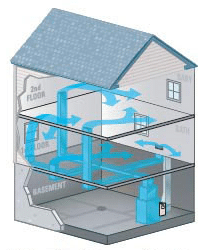Contents

When you use a humidifier be sure to carefully follow the manufacturer’s instructions or User’s Manual to achieve the benefits for all the unit has to offer. Be diligent about maintaining it properly by cleaning or changing filters and drain water if it is a portable unit. By not doing this, other problems can occur other than dry skin and a congested nose.
Humidifiers are a blessing during the winter when heat is on and humidity is insufficient. By not having enough humidity in your home, furniture becomes dry and cracks, floors do the same, wallpaper peels at the seams, painted surfaces dry, crack, and peel off, and artwork and books dry out.
Humidifiers not only put water vapor into the air in your environment, they can be the perfect environment as well for viruses, bacteria, fungi, mold, algae, mildew and other spores to breed and take up home. These pathogens can migrate by way of the water vapor or mist into your house and into your lungs. People with allergies and asthma are very susceptible to illness from this pathogen exposure. Inhaling the dirty mist can range from flu-like symptoms to severe infections. Young children, those with lung diseases, the elderly, and the disabled, are at high risk and may show more signs of an infection.
The portable cool mist (impeller) and ultrasonic humidifiers are the biggest culprits for putting the toxic cocktail mist into the air. These can pose severe health risks to those predisposed to a medical condition and to healthy people as well.
Humidifier Benefits
The usefulness of humidifiers cannot be discounted in dry living conditions. They indeed lessen dry throats, dry skin, and congestion during the winter and in dry climates.
Dirty Humidifiers and How You can Tell
A mistake to avoid when using your humidifier is to see if there is any scum or film on the surface of the water, bottom, or sides of the tank, motor, parts, and everywhere. This is a clear disgusting visual indication that the unit is a cesspool of bacteria and pathogens. Flat green, gray, or black spots on top of the water will be mold. Do not touch it and wear a mask when cleaning. The spores fly into the air easily.
A scaly or crusty buildup is from the hard water minerals (calcium, magnesium, lime, and more). It too, collects pathogens that will continue to grow. In addition, the white flecks and dust that can be seen on furniture, tables, and floors close to the humidifier, comes from the minerals in the hard water and may have contaminants that can be breathed in.
Dirty Humidifiers do not Need to Happen and is Reversible!
Keep Your Humidifier Squeaky Clean
- Change the humidifier water each day
- Every third day clean the tank meticulously following the manufacturer’s instructions
- Take care when cleaning your humidifier if using chemicals; they can be inhaled if the tank is not thoroughly rinsed
Adhere to the manufacturer’s instructions for cleaning and maintaining your humidifier in perfect and healthy working order. By keeping your humidifier clean, you have nothing to worry about.
An alternative to chemicals is to use PerfectClean’s All-Purpose Terry Cloths or Scrub and Clean Reversible Glove. They pick up everything not seen without using any harmful chemicals.
A homemade cleaner can be used with water and a hydrogen peroxide 3% solution. To make a gallon of 3% peroxide: In a clean gallon container, combine 1-1/4 cups of 35% food grade hydrogen peroxide with 14-3/4 cups of water. Put in a spray bottle and use.
To eliminate white dust and scale, use only distilled water available at grocery stores for about a buck a gallon. It’s worth it to eliminate all the hard work.
Do not let water stand in the tank. Empty it when not in use, clean, and dry. If your humidifier calls for filters or demineralization cartridges, be sure to use them. Always clean before storing the humidifier for the summer unless you use it all year.
The most common mistakes you will want to be mindful of when using your humidifier safely are:
Home Humidity Level Awareness
The humidity level in your home is the amount of water vapor in the indoor air. The humidity should be below 60% in the summer and 30%-50% in the winter. This will help keep allergies in control. For checking the level, purchase a humidifier with a built-in humidistat, or buy a humidity meter (hygrometer) for checking the indoor relative humidity.
Steady Humidity, not too High
Keep your humidity at a constant level checking to be sure it maintains its appropriate level. High humidity will cause mold, mildew, and dust mites to grow and multiply. This is bad for asthma, allergies, and lung diseases. Reduce the humidity if windows have condensation, and fabrics feel damp. Dust mites will die when humidity is between 40%-50%. Check often and do not let the humidity level go above 40% for allergies.
If you have allergies, asthma, lung conditions, colds, fever, or the flu, follow the manufacturer’s instructions for using and maintaining your humidifier to keep your symptoms under control. Stop using your humidifier immediately If you have any respiratory symptoms that you think might be attributed to your humidifier and see your healthcare provider.




